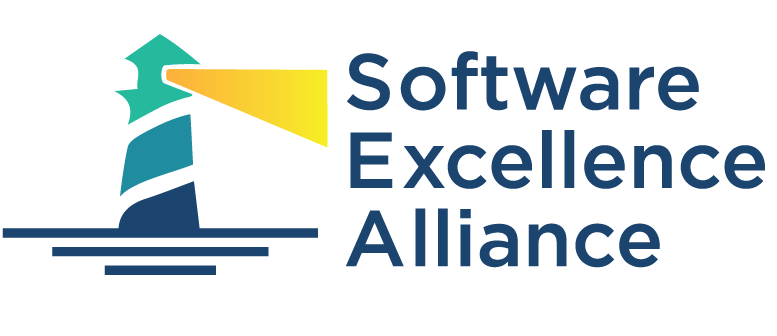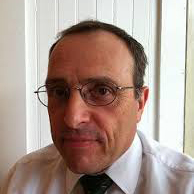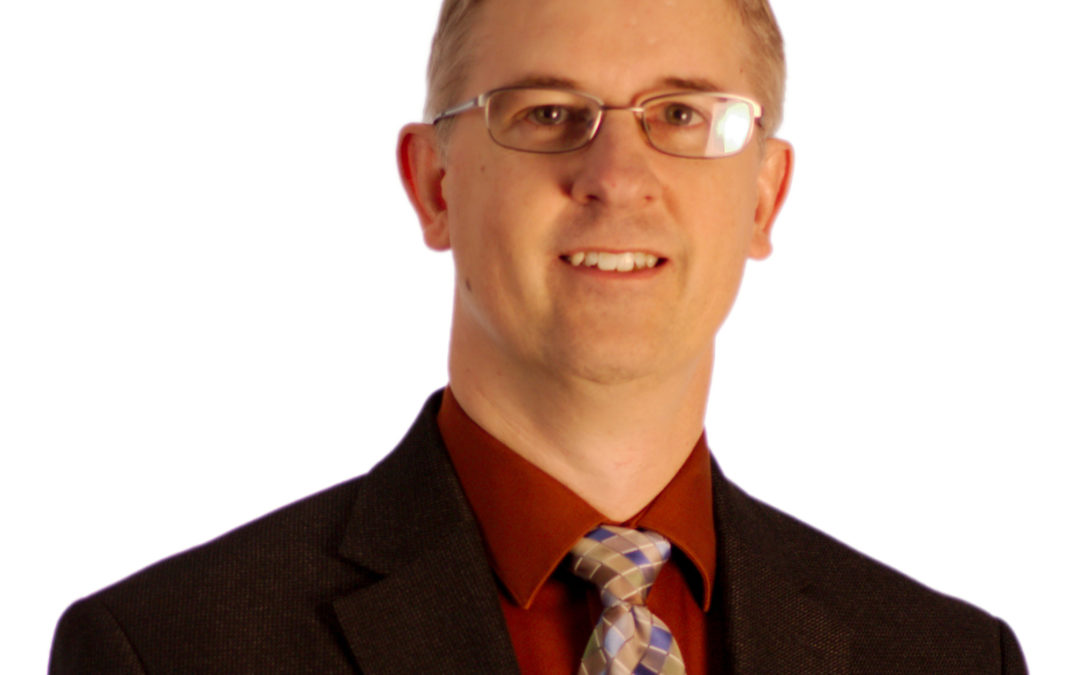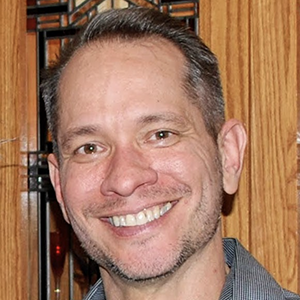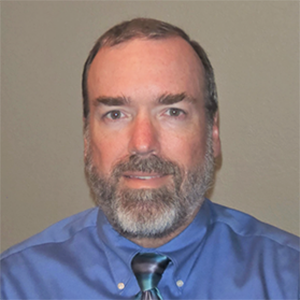
How to Manage $30M and 150 Projects in 90 Minutes

The August 2020 Tech Talk was presented by Brad Hodgins
Abstract:
This presentation describes a solution implemented by the Performance Resource Team (PRT) to help a customer manage $30M+ across 150+ projects and required project leads to attend only one 90-minute training session on what they had to do to manage their projects. The solution had to address the needs of the customer to have a simple status report (e.g., one picture) and have minimum impact on the project leads, since some of the projects had very small budgets (e.g., $10K).
To minimize the impact on the project leads, the solution relied on using tools that the project leads already knew (e.g., Microsoft Excel) and simplified the actions required for tracking and reporting their project status to the point that it required less than an hour a month. Only a few project management concepts were used in the solution so that the project lead training could be delivered in one 90-minute session. The solution was stood up halfway through a fiscal year and was used for the entire following fiscal year. Both years resulted in over 90% participation by the projects, and the customer was pleased with the simplicity of the single chart output showing all the projects’ status.
About the Presenter
Brad Hodgins is a computer scientist and has been supporting Naval Air Systems Command (NAVAIR) for 36 years. He has over 20 years’ experience developing simulation and avionics software. He has spent the last 16 years as a project planning and tracking coach and instructor for the Performance Resource Team (PRT), actively coaching project teams in the development of high-quality products for on-time, on-budget delivery to the fleet.
Brad has expertise and a national reputation in process improvement. During his time with the PRT, Brad gave over two dozen presentations at symposiums and conferences, and authored/co-authored half a dozen published articles and papers, all sharing the great things NAVAIR has been doing. Brad was given a Navy patent in 2008 for the Learning Applying Mastering Perfecting (LAMP) model for team process implementation evaluation and improvement. He was awarded the Michelson Laboratory Award in 2010, and he became a NAVAIR Associate Fellow in 2013. Brad earned a Doctorate in Computer Science from Colorado Technical University in 2015. He retired from government service in 2019, but continues to support NAVAIR as an employee of Saalex Solutions Inc.
Brad is a Taurus and likes surfing (just kidding about the surfing).
